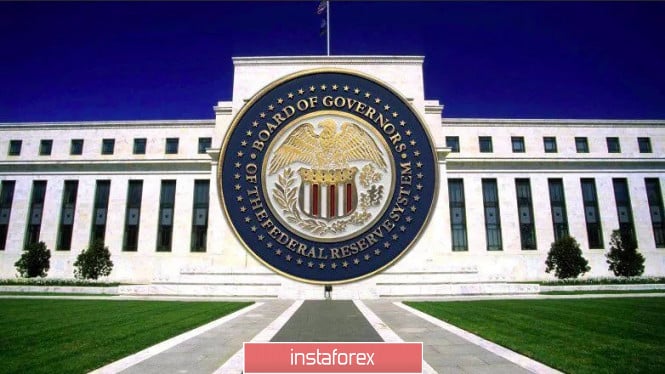
In the first half of June, the Federal Reserve bought $ 428 million worth of bonds from individual companies such as Walmart and AT&T, major oil companies such as Philip Morris International Inc and the utility subsidiary of billionaire Warren Buffett of Berkshire.
The goal of the program was to guarantee that companies can continue to finance themselves, leaving the option of closing the business out of the question. The program is supported by the US Department of Treasury, which provided investment capital to cover any losses in the event of corporate default.
The largest purchases of bonds were from AT&T and the UnitedHealth Group, while issuers in the energy sector accounted for about 8.45% of bonds purchased.
These bond purchases, as well as other emergency programs of the Fed will be scrutinized by lawmakers at a hearing on Tuesday. Questions may focus on individual bonds purchased, and on the fact that the support of bond markets used by large firms is currently active and receives support from the Fed in billions.
Meanwhile, the Fed also conducted a survey in Dallas regarding oil production, the result of which revealed that 82% of oil companies stopped production in the second quarter of 2020, while 18% did not.
As for the resumption of production, 36% said they are planning to do it at the end of June, while 20% answered that they will do it at the end of July. 18% answered that they will resume production at the end of August, while 4% plan to do it at the end of September. The remaining 13% said that they will resume production at the end of November or later.
Another important issue is the target price value of oil before companies reopen the closed oil wells. According to the survey, 51% believe that the return of closed wells requires a price of $ 41 per barrel, while 27% said that a price from $ 41 to $ 45 per barrel is needed. 6% answered $ 51 per barrel or higher.
Among the remaining 49%, who believe that a price of $ 40 per barrel or lower is required to resume production, 30% said that from $ 36 to $ 40 per barrel, while another 15% said that from $ 31 to $ 35 per barrel. A clear minority of 4% noted $ 30 or less.
The most gloomy and sad result of the survey was the attitude of E & P leaders to drilling. When asked "When do you expect US drilling and pumping to return to levels up to COVID-19?", 44% said that somewhere between the fourth quarter of 2020 and the fourth quarter of 2021. In particular, a bold 3% said that in the fourth quarter of 2020, while only 8% responded with the first quarter of 2021. Another 14% answered the second quarter of 2021, while 13% said they were in the third quarter of 2021. 6% responded "in the fourth quarter of 2021".
Of the remaining solid majority of 55%, 39% said "no earlier than 2021," and an incredibly pessimistic 16% said "never."
When asked why they stopped production altogether, 94% said that prices were too low, while another 4% said that this was because refineries or pipelines had abandoned oil production. The remaining 1% explained that storage capacity is not available.
When asked if they expect their firms to remain solvent next year, 95% of managers answered yes, while 5% answered no.
The material has been provided by InstaForex Company - www.instaforex.com